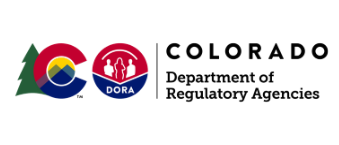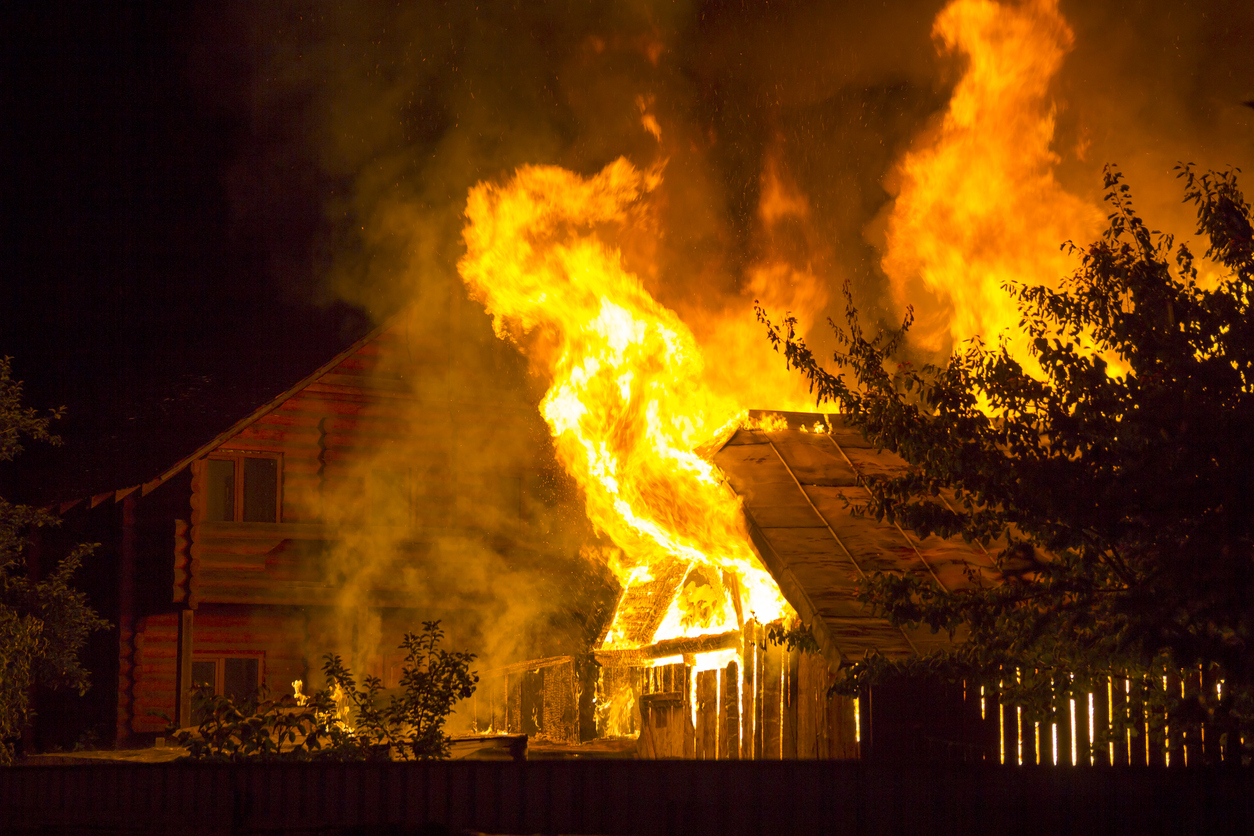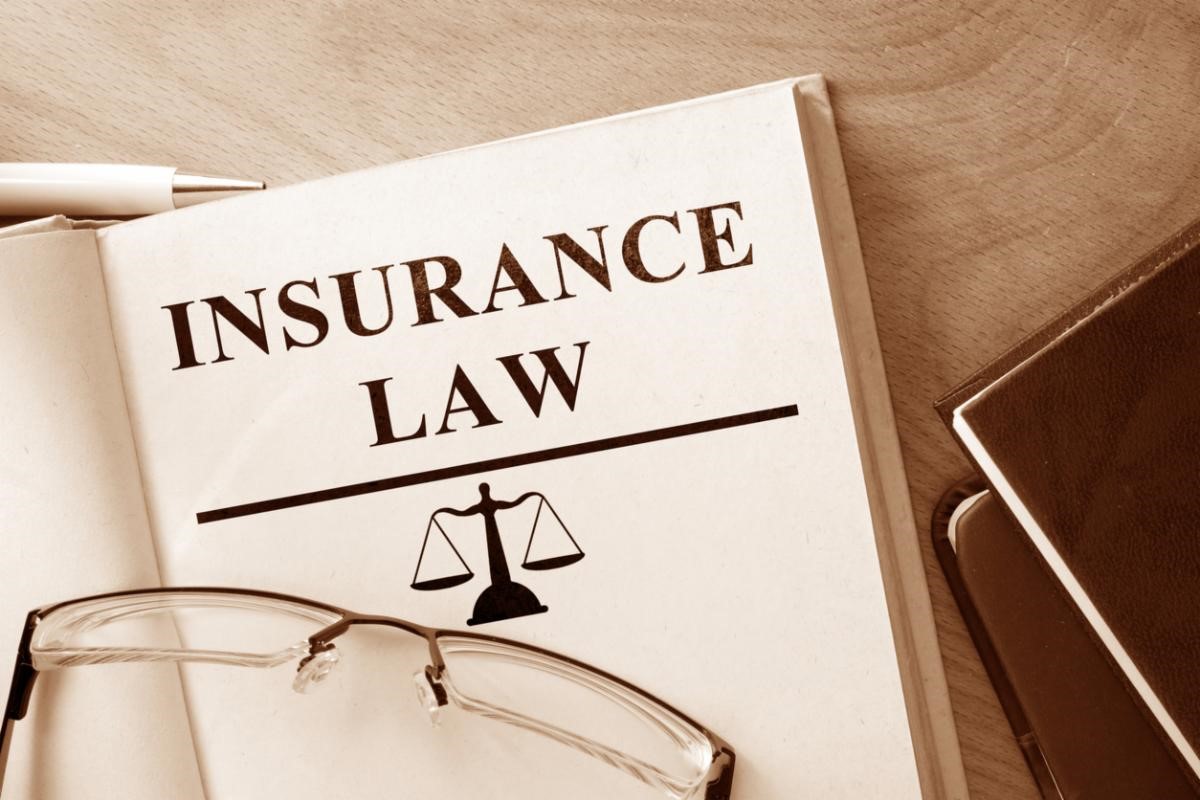The purpose of this emergency regulation is to protect homeowner policyholders who have suffered a loss during a catastrophic disaster, such as the 2020 Colorado East Troublesome Fire and the 2021 Marshall and Middle Fork Fires, from insurers that cause unreasonable delays in claim handling, which may further delay rebuilding property. Such delays may be further exacerbated by labor and material shortages. Further, this regulation identifies specific acts or practices that may constitute unfair claim settlement practices.
On October 14, 2020, the East Troublesome Fire damaged or destroyed more than 500 residential and commercial structures. On December 30, 2021, the Marshall and Middle Fork Fires – the most devastating fires in Colorado history – damaged or destroyed more than 1,000 residential and commercial structures. Given the unprecedented number of homeowners and renters affected by these recent fires, the Division anticipates that locating temporary residences and the labor and material necessary to rebuild will be difficult and time consuming.
The Division of Insurance (“Division”) finds, pursuant to § 24-4-103(6)(a), C.R.S., that immediate adoption of this regulation is imperatively necessary for the preservation of public health, safety, or welfare. This emergency regulation is necessary in part to provide immediate protections for those homeowner’s insurance policyholders that were impacted by these fires and are filing related claims to repair or replace damaged structures. Individuals impacted by these fires will likely need an extension of the timelines set forth in homeowner insurance policies to repair or replace lost property given the large volume of damaged or destroyed structures, complicated by potential labor and material shortages caused by the COVID-19 public health emergency. Therefore, compliance with the requirements of § 24-4-103, C.R.S., would be contrary to the public interest.
This emergency regulation is effective September 3, 2022.
This emergency regulation, and other Division emergency regulations, can be found on the Division’s website via the following link:









